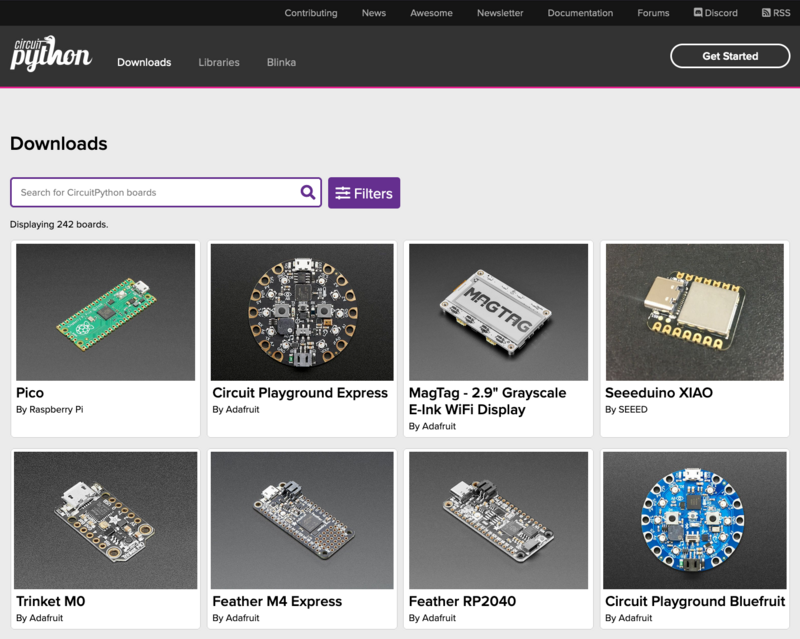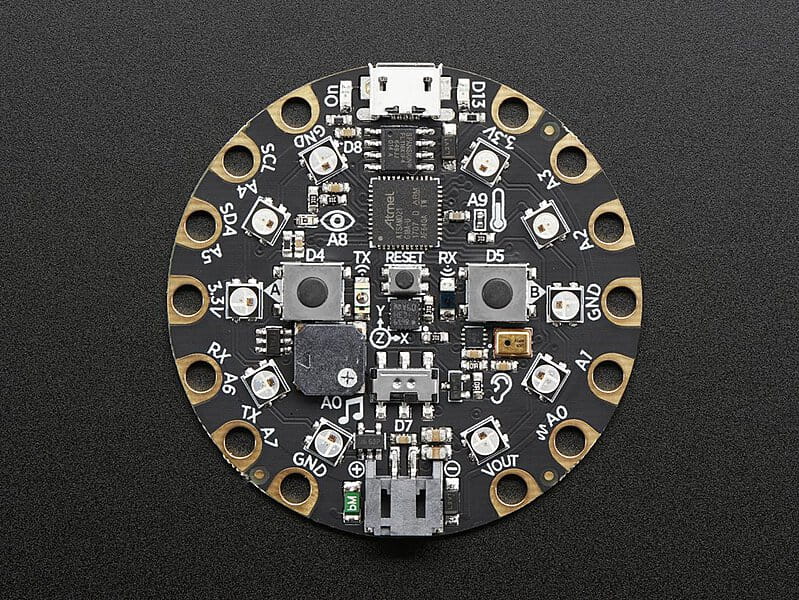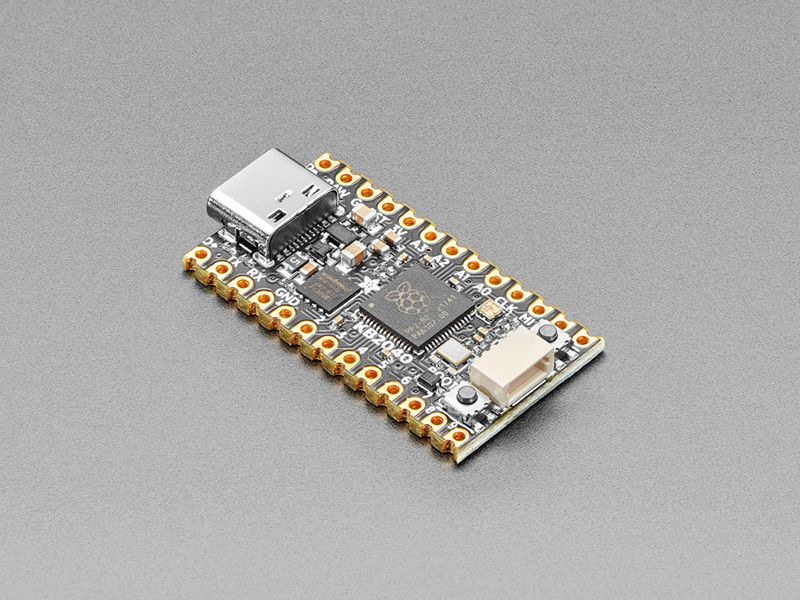Can Python be used for micro controllers?
Can Python be used for micro controllers?
The versatility of Python! Yes, you can indeed use Python for microcontrollers. In fact, it has become increasingly popular among developers and makers to leverage the power of Python on tiny, yet mighty, microcontrollers.
One of the pioneers in this space is MicroPython, a lean and efficient implementation of the Python language designed specifically for microcontrollers. MicroPython aims to bring the simplicity and ease-of-use of Python to small computers and devices, making it an attractive option for prototyping, developing, and deploying projects that require real-time processing, low power consumption, and high responsiveness.
So, what makes Python a great fit for microcontrollers? Here are some key reasons:
Cross-platform compatibility: Python can run on multiple platforms, including Windows, macOS, and Linux, making it an ideal choice for development and testing. Easy to learn and use: Python has a simple syntax, making it accessible to developers with varying levels of programming experience. Faster development cycles: With the abundance of libraries, frameworks, and tools available for Python, you can quickly build prototypes, test, and iterate on your project without being bogged down by complex setup or infrastructure issues. High-level abstractions: Python's syntax allows for higher-level abstractions, which simplifies working with hardware components and reduces the complexity of coding tasks.Now, let's dive into some specific examples where Python excels in microcontroller applications:
IoT projects: Python is well-suited for IoT development due to its ease of integration with popular IoT platforms and protocols (e.g., MQTT, CoAP). Robotics and automation: Python can handle real-time processing tasks, making it suitable for robotics, automated control systems, and other applications where timing matters. Data acquisition and analysis: Python's scientific computing libraries (NumPy, SciPy) enable efficient data processing, filtering, and visualization, perfect for applications that involve sensing and analyzing data.Some popular microcontrollers used with Python include:
PyBoard: A Python-specific microcontroller board designed to run MicroPython. Raspberry Pi Pico: An ARM-based microcontroller board with Python support via CircuitPython. Adafruit Feather: A series of small, low-power boards compatible with MicroPython and CircuitPython.While there are limitations and trade-offs when using Python on microcontrollers, the benefits can be substantial:
Faster development and prototyping: Leverage Python's ease-of-use to quickly test and iterate on your project. Reduced code complexity: Take advantage of Python's high-level abstractions to simplify your codebase. Increased productivity: Focus on developing your application logic rather than worrying about low-level hardware details.In conclusion, Python can be an excellent choice for microcontrollers when you need to develop robust, efficient, and easy-to-maintain applications with a focus on real-time processing, low power consumption, or high responsiveness. With the right libraries, frameworks, and tools, Python can help you create innovative projects that make the most of your microcontroller's capabilities.
Hope this helps!
adafruit circuitpython download

I'm glad you're interested in learning more about CircuitPython! Here's the information you requested:
Downloading and Installing CircuitPython
To get started with CircuitPython, you'll need to download and install it on your device. Here are the steps:
Go to the Adafruit website: Head to www.adafruit.com and navigate to the CircuitPython downloads page. Choose your device: Select the type of device you're using from the dropdown menu, such as Windows, macOS, or Linux. Download CircuitPython: Click on the "Download" button to get the latest version of CircuitPython for your operating system.
What You'll Need

Before you start using CircuitPython, make sure you have the following:
A compatible microcontroller board (e.g., Circuit Playground Express, Feather M0, or Pyboard)
Getting Started with CircuitPython
Once you have CircuitPython installed on your device, it's time to start coding! Here are some tips to get you started:
Open the Serial Monitor: On Windows, macOS, or Linux, open the serial monitor by going to "Tools" > "Serial Monitor" in the Thonny IDE (Integrated Development Environment). Connect your device: Plug in your microcontroller board and ensure it's recognized by your computer. Enter code: In the Serial Monitor window, enter some simple code using Python syntax (e.g.,print("Hello, world!") to get started with CircuitPython.
Tips for Learning
As you begin exploring CircuitPython, keep these tips in mind:
Start small: Begin with simple projects and gradually move on to more complex ones. Practice coding: The more you code, the better you'll become at writing efficient and effective Python scripts. Experiment and learn from failure: Don't be afraid to try new things and fix errors when they occur – it's all part of the learning process!Additional Resources
To further enhance your CircuitPython experience:
Check out tutorials on the Adafruit website: Visit www.adafruit.com for step-by-step guides, videos, and example code to help you get started. Explore the CircuitPython documentation: For detailed information about functions, libraries, and more, visit learn.adafruit.com/circuitpython/. Join online communities: Share your projects and learn from others on forums like Reddit's r/LearnCircuitPython or the Adafruit community forum.I hope this information helps you get started with CircuitPython! If you have any questions or need further assistance, feel free to ask.





























